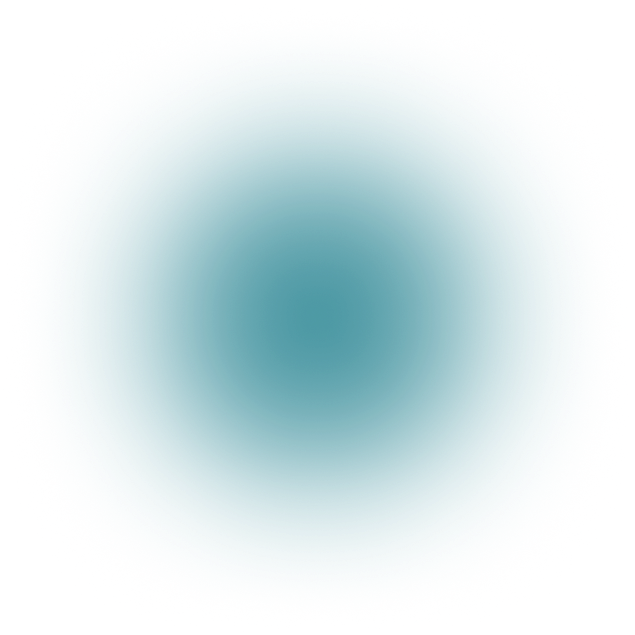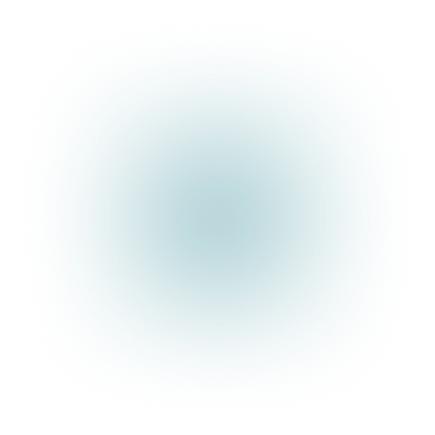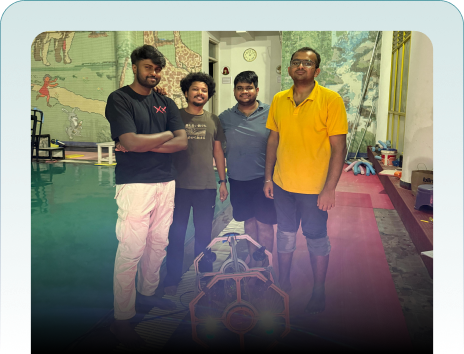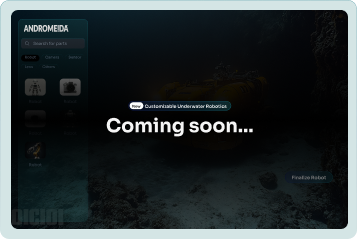AquaSee™
Underwater Image Enhancement & Analytics
Pool Buddy is a patented robotic system (granted in 2024) designed to automate swimming pool maintenance. Developed as part of Andromeida’s journey in underwater robotics, Pool Buddy reflects our expertise in creating reliable, intelligent robots for real-world water environments. While the cleaning stack remains a work-in-progress, the true innovation lies in its automated water chemistry optimization system, making it a first-of-its-kind solution in India.




